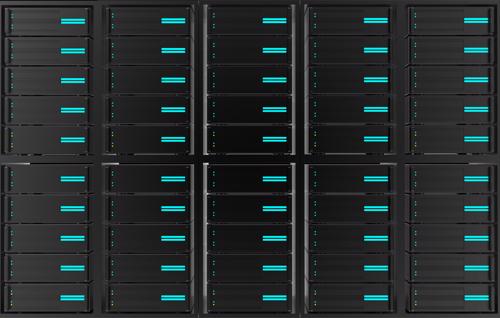
The Industrial IoT in 2022: What's next?
By Max BurkhalterJanuary 5, 2022
The trend of placing sensors into devices to create "smart" equipment has been one of the driving forces behind technological progress in recent years. Companies of all kinds have found ways to work more intelligently and efficiently with a constant flow of data from their assets. As 2022 dawns, this trend shows little sign of stopping — though global logistics factors may slow its march.
The following are two trends to watch regarding industrial smart devices in 2022. Taken together, they exemplify the forces working behind the scenes of the technological revolution.
On one side, there is insatiable demand for better workflows enabled by data. On the other, there is the inescapable pressure of a pandemic-era supply chain entering its third year. These are the conditions companies must navigate.
Industrial IoT: Rolling Out to More Users
The rise of the industrial internet of things (IoT) has played out alongside a similar revolution in consumer technology that has seen everything from watches to home security systems equipped with increasingly advanced sensors. Just as more affordable and widely available digital products have put the IoT in more homes, smart devices are being used by a rising number of businesses.
As Forbes contributor Bernard Marr pointed out, small and medium companies are seeing the advantages of industrial IoT deployments and adding these tech tools to their operations. As the cost of entry declines, these businesses are buying in.
As Marr noted, there are a variety of smart devices available for industrial users. Some businesses are harnessing augmented reality (AR) and virtual reality (VR) capabilities to assist or train their employees, while others are using smart sensors on their heavy machinery. Still others have embraced smart printers capable of 3D printing.
Adding industrial IoT capabilities isn't just a matter of augmenting a company's existing capabilities with new tech tools; businesses are basing their business models and projections around the better efficiency these solutions enable. This level of focus makes 2022 a great year for further IoT adoption.
Supply Chain Concerns: The Biggest Threat to IoT Growth
While the industrial IoT is a major force in companies' plans for 2022, there are challenges for businesses to overcome as they take on these new hardware and software tools. The most pressing issue is one that has touched so many areas of corporate strategy since 2020: continued supply chain disruptions including a microprocessor shortage.
Forrester's 2022 predictions suggest that while the IoT will continue to grow throughout the year, the rate of expansion will be 10% to 15% lower than if the supply chain were optimal. Researchers predict there will still be chip shortages through the middle of 2023, which will make it difficult to produce IoT sensors in the quantity companies want.
That said, the numbers don't indicate a crash in the use of IoT devices. While a lower growth rate is not positive news, the overall direction of the smart device market remains optimistic. The logistics issues simply make up one more angle for IT directors to consider as they prepare their strategies for 2022 and beyond.
Networking Equipment: Necessary for Tech Growth
As more companies expand into industrial IoT use, they're likely to discover a need for more reliable, secure networking than they have previously required. This is where Perle equipment, such as console servers and Ethernet extenders, can prove invaluable. Read our industrial success stories to learn more.



